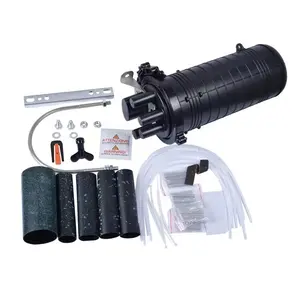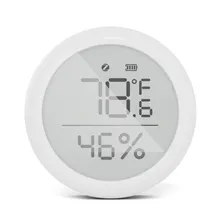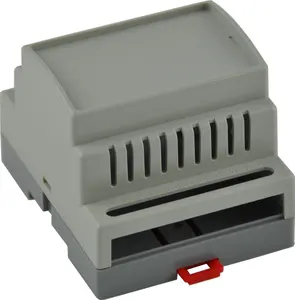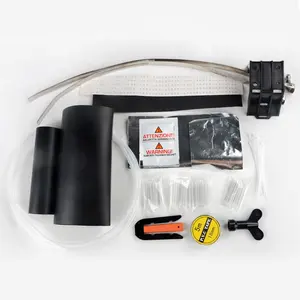Introduction to 72 Core Fiber Splice Enclosures
Fiber optic networks are the backbone of modern telecommunications, and the 72 core fiber splice enclosure plays a pivotal role in safeguarding fiber optic splices. These enclosures are designed to organize and protect the delicate fibers, ensuring the integrity and performance of the network.
Design and Construction
The construction of a fiber optic splice enclosure is critical, as it must offer robust protection against environmental factors. Typically made from high-grade, durable materials such as ABS, PC, or stainless steel, these enclosures are built to withstand harsh conditions, including moisture, dust, and extreme temperatures. The design often features a sealed structure, providing necessary protection for the fiber optic splices within.
Types and Configurations
There are various types of fiber splice enclosures available, catering to different needs. The 72 core variant is particularly versatile, compatible with both ribbon and loose tube fibers. It can be utilized in aerial, duct, wall-mounting, and direct burial applications, showcasing its adaptability across different deployment scenarios.
Features and Advantages
A 72 core fiber optic splice enclosure comes with features that promote efficiency and reliability. These include easy access points for quick maintenance, secure locking mechanisms, and organized internal structures for optimal fiber management. The advantage of using such an enclosure includes enhanced protection against fiber microbends and macrobends, which can significantly impact signal quality.
Applications in Telecommunications
The application of a fiber splice enclosure is vast within the telecommunications sector. It is essential in the construction of long-distance networks, local area networks, and cable television networks. The 72 core capacity specifically caters to high-density network requirements, making it a suitable choice for data centers and IT networks that demand high bandwidth.
Materials and Sustainability
Sustainability is a growing concern in manufacturing, and the materials used for fiber optic splice closures are selected with longevity and environmental impact in mind. The enclosures are often recyclable and designed for long-term use, reducing the need for frequent replacements and minimizing waste.











































 浙公网安备 33010002000092号
浙公网安备 33010002000092号 浙B2-20120091-4
浙B2-20120091-4